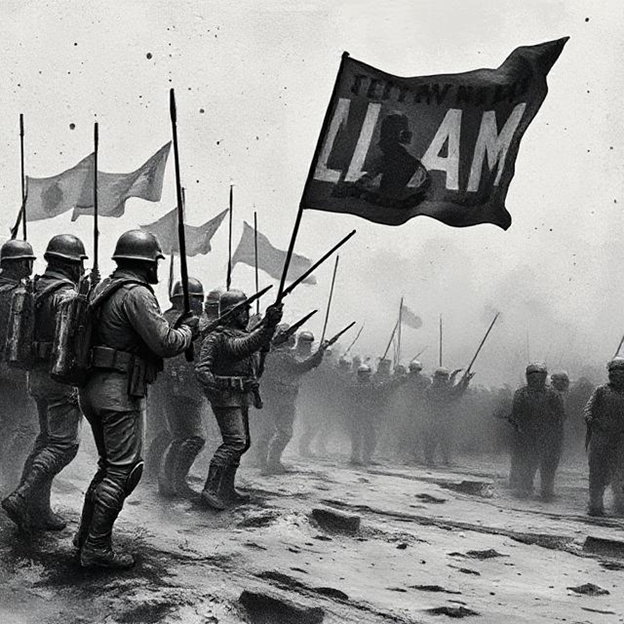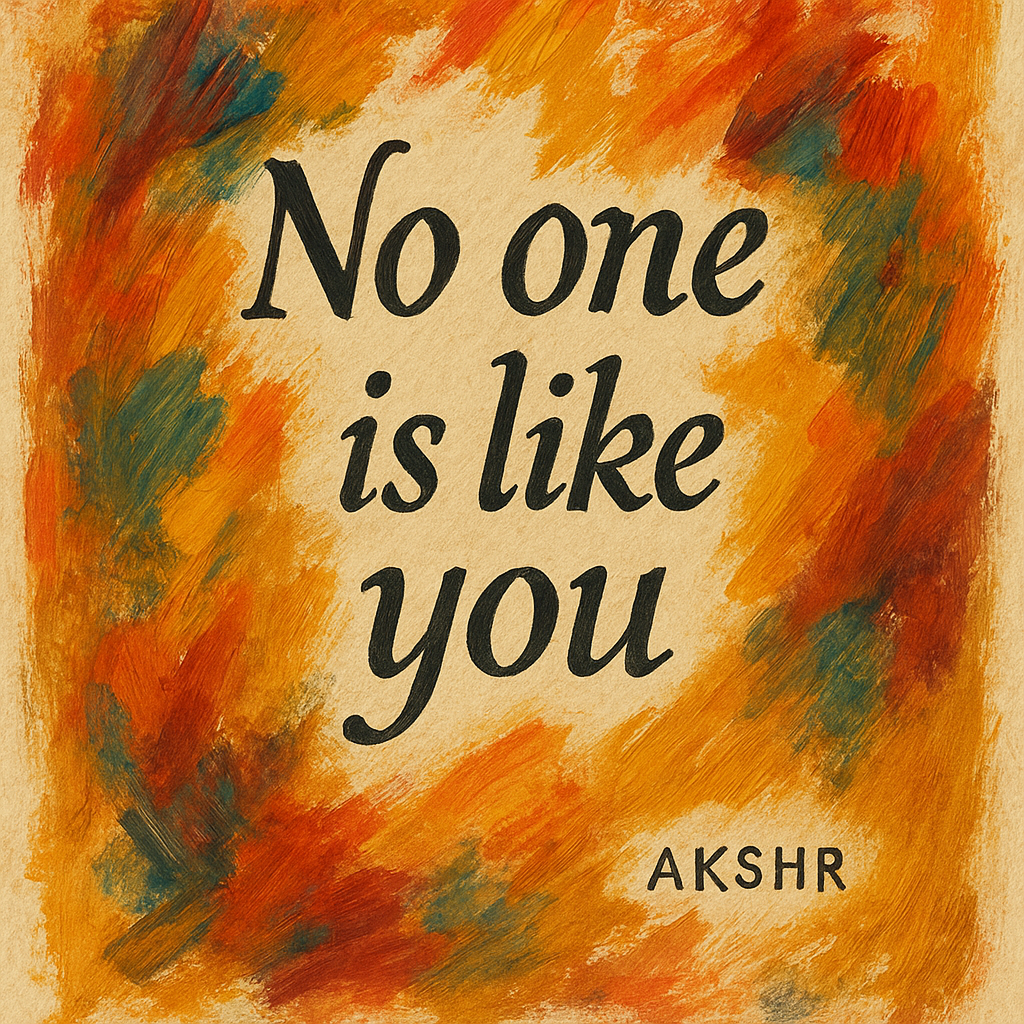Vanishing Lifelines: A Silent Crisis
Unfolding
In the intricate web of existence,
certain elements serve as lifelines—not just for individuals but for
entire societies, ecosystems, and generations. These are the vital connections,
supports, and systems that sustain life, foster growth, and preserve balance.
Today, across the world, these lifelines are vanishing—quietly,
steadily, and often unnoticed until their absence becomes a disaster.
What
Are Lifelines?
Lifelines can be physical,
emotional, environmental, or social. They include:
- Rivers and forests
— the ecological arteries of the planet.
- Healthcare and education systems — the pillars of human well-being.
- Family, tradition, and moral values — the roots of community and identity.
- Peace, justice, and human rights — the foundations of civil society.
When these systems erode or
disappear, the impact is catastrophic, though often subtle at first. A
river dries. A forest is cut. A teacher leaves. A child loses hope.
Ecological
Lifelines at Risk
Climate change, deforestation,
pollution, and unsustainable exploitation are rapidly cutting the lifelines of nature.
Glaciers melt, oceans warm, biodiversity collapses—and yet the economic
machines push forward. The Earth is signaling distress, but our response
remains muted.
What happens when the lungs of the
planet—forests—are gone?
When the rivers no longer flow?
When pollinators vanish and crops fail?
Social
Lifelines Diminishing
In many societies, social
lifelines like community support, ethical leadership, and mental health
care are fraying. The rise of isolation, depression, misinformation, and
moral decay is no coincidence. A hyper connected world has ironically
become more disconnected at its core.
Traditional values that once acted
as moral compasses are dismissed as outdated. In the race for progress, we’ve
lost the very anchors that gave life meaning.
Economic
Inequality: A Broken Lifeline
Wealth gaps continue to widen. The
rich soar while the poor sink. Entire populations live without access to clean
water, nutrition, or shelter, while luxuries abound for a
few. The safety net—once considered a duty of governments and societies—is
vanishing, replaced by indifference.
Can
We Restore the Lifelines?
The answer lies in awareness,
action, and compassion. We must:
- Protect natural resources like sacred trusts.
- Rebuild public institutions with integrity and care.
- Invest in human dignity, not just profits.
- Reconnect with values
that uplift, not divide.
Reviving these lifelines is not a
nostalgic pursuit—it’s a survival imperative. Without them, we face not
just inconvenience, but collapse.
A
Call to Attention
We often notice lifelines only when
they’re gone—when water doesn’t run, when peace no longer holds, when love is
replaced with loneliness. But by then, it may be too late.
The vanishing lifelines are a warning
cry, not just for today but for the future. We must listen, act, and
restore—while there is still time to breathe life back into what sustains us
all.
In every drop of water, in every
tree, every mother’s hand, every teacher’s voice—
There lies a lifeline.
Let it not vanish unheard.















